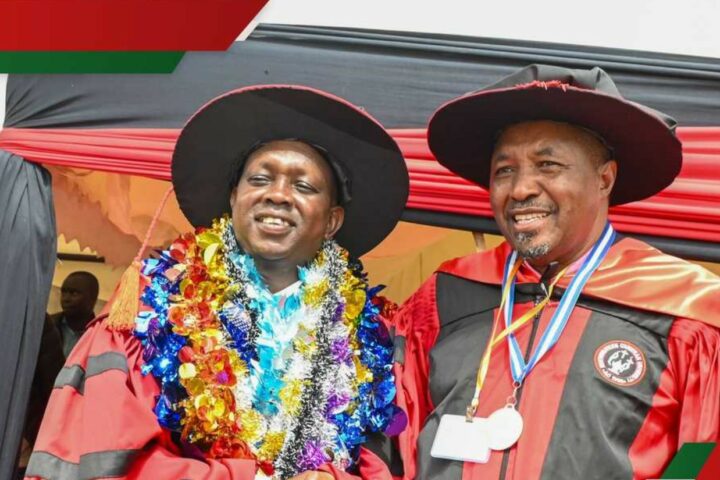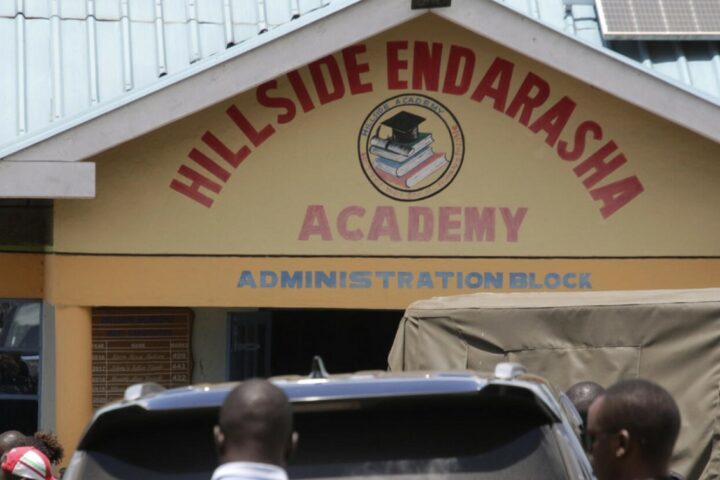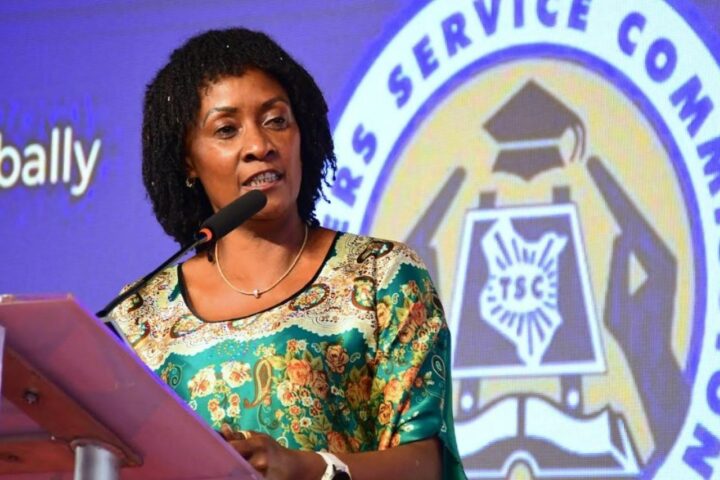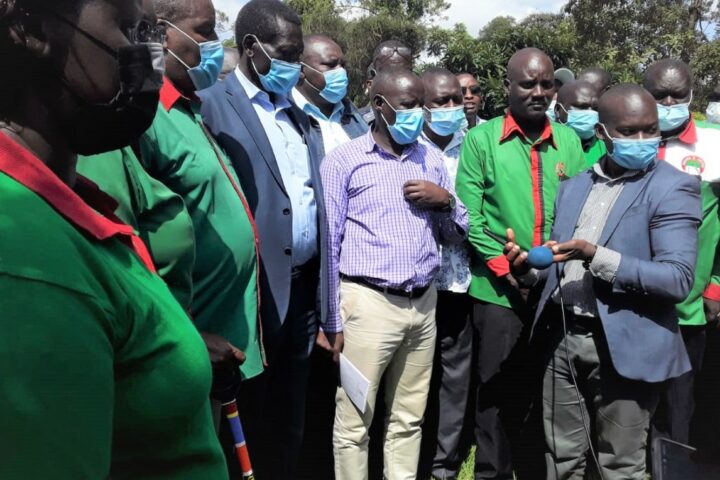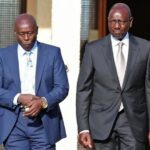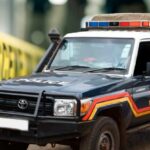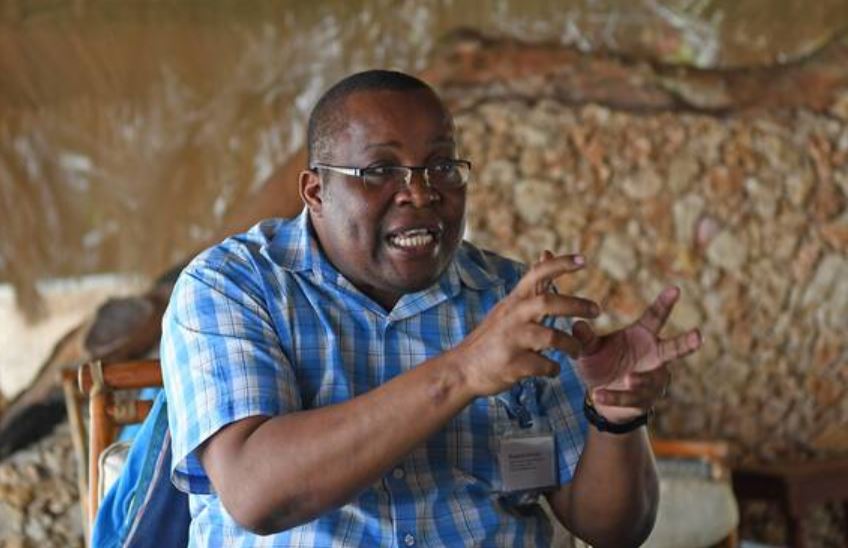
Sir, bearing in mind that one role of NMK is to study, collect and document past and present cultural heritage for the purpose of enhancing knowledge, appreciation and respect for the different cultures of Kenya and the world. Can NMK consider setting up satellite cultural heritage sites in all the 47 counties? I believe that there is a unique culture in almost every county and there is need for collection and documentation of the same at that basic level. Munene Gitari, Chuka
NMK has a proposal under the project “100 Best Monuments in Kenya”. This is a campaign to promote 100 monuments or heritage sites within all the 47 counties. It will include conducting research on the monuments, building interpretation centres around them and creating activities to enhance livelihoods for communities living around these monuments. This project is geared towards enhancing Heritage Tourism. It will also open spaces for incubation of small businesses such as curio stores, youth technological advancement, research and education and general community revitalisation.
Many of the monuments and heritage sites within our country are in remote places or marginalised areas and once this project is undertaken, these areas will be opened up through infrastructure, which is the cornerstone of economic growth.
Back in 2018, the construction of a sea wall to protect the erosion of Fort Jesus had caused a conflict between the NMK and Mombasa County, with the latter claiming that NMK was reclaiming the ocean rather than constructing a seawall. Was this dispute ever resolved? Was the construction of a sea wall completed? What can you say about the future of Fort Jesus? Ahmed Khamis, Mombasa
The sea wall is complete and NMK is now in the second phase of the project, which is to landscape and develop amenities and facilities within this area for use by the public. There was no conflict. It was a misunderstanding. NMK was only rebuilding the initial wall from the time when the Fort was constructed.
The future of Fort Jesus is steady for many more years to come. There will be better public spaces for use, particularly in cultural related events. There are also plans to revitalise the public activities offered at there to include virtual tours. Already there is the 3D technology light and sound show being offered at night showcasing the history of the Fort.
The National Museums of Kenya and the National Archives have more or less similar mandates. What is the point of departure in terms of functions for the two institutions? Jeff Mwangi, Nairobi
The two institutions complement one another. NMK’s mandate is geared towards documentation and collection of both cultural and natural objects, materials and specimens including, fauna and flora. It is also mandated to conduct heritage research and education as well as exhibitions through its museums. The National Archives mandate is more on preservation of historical documents, including pictures and films. All official documents from the government are archived at the National Archives.
During the pandemic, some of these museums introduced virtual tours to mitigate against the adverse effects of the pandemic. How has your institution leveraged on technology like its counterparts in other parts of the world? Komen Moris, Eldoret
NMK has partnered with Google Arts & Culture and digitised over 10,500 high-resolution photographs, 90 expert-curated exhibits and 60 Street Views of 16 museums and sites on Kenya’s culture and history. These can now be experienced anywhere in the world by the click of a button.
In June 2021, a year after its launch, the Utamaduni Wetu site (the NMK virtual tour site) on the Google Arts & Culture platform has had over 600,000 views. This number is almost comparable to in-person visits to our museums annually.
NMK through its education department, has also been holding online educational programmes where students are taken through Kenya’s heritage virtually. This is very popular, particularly with children below 13 years.
We are currently developing more virtual reality and augmented reality tours for all our museums as well as virtual educational programmes that are curriculum-based.
In the recent past, many African countries have managed to lobby for the return of some of their most precious artifacts, which were stolen or taken to foreign countries during the colonial and at independence. How are we fairing on this front? Komen Moris, Eldoret
Kenya continues to support the debate and implementation of restitution. The country is in the process to ratify the 1970 Unesco convention “Means of Prohibiting and Preventing the Illicit Import, Export and Transfer of Ownership of Cultural Property”.
The country has already identified over 32,000 cultural objects in over 30 institutions in the north. It is now in the process of developing a policy and framework on their return. This will involve local communities and the public in general, especially on what to do with these objects upon return.
Negotiations with some of the institutions, particularly those that are willing and ready to return these objects, have begun. There are already success stories: in 2011, we received 39 vigangos from California State University in Fullerton, and in July 2019 another 30 vigangos were repatriated from the Denver Museum of Natural History.
There are many students who would wish to work at the museums, but it is not clear what one has to study at the university. Which are the courses that one can study to enable one to work in the museums? Dickie Murimi, Kirinyaga
Museums offer all sorts of opportunities for job seekers. This is because museums are diverse in their roles. To work at NMK, students can take up studies in scientific as well as history-related fields. The biodiversity field requires students to have taken such subjects as biology, chemistry and ecology and other related studies.
The field of museology requires such disciplines as archaeology, history, tourism, sociology and art. Others include support areas such as human resource management and finance.
Due to several factors, including advancement in information technology, many people, especially the youth, now no longer have interest to visit pre-historic sites, which could make your agency irrelevant. What new approaches have you adopted to attract Kenyans, especially the youth, to the museums? Dan Murugu, Nakuru
We are working with the youth through a Heritage Hub based at Swahilipot, Fort Jesus, towards youth engagement in heritage. This will enable the youth to develop online virtual tours of some of the sites as well as create games using heritage.
I have noted a mushrooming of privately owned historical and cultural centres, complete with traditional attires, dancers, brews and other historical artifacts that are run commercially. Does your institution have any regulatory powers over such centres to ensure that Kenyans and tourists are not exploited by cunning local entrepreneurs? Dan Murugu, Nakuru
Since the promulgation of the 2010 Constitution, the regulatory powers on cultural products are under the Ministry of Sports, Culture and Heritage. There is a department of culture and it has a culture policy that is supposed to regulate this sector. County governments are also supposed to regulate the museum sector as museums are a devolved function. This mushrooming might be happening as counties endeavour to develop policies and regulations on culture and museums.
What is the progress on the construction of an underwater museum at the coast in your efforts as NMK to attract more tourists in the country? Davis Basweti Ombane, Juja
This proposal is still on course and fundraising is the key activity at the moment. Meanwhile, capacity building, particularly on underwater heritage, is being undertaken in partnership with Unesco. There is also surveying and documentation going on for underwater heritage and this will be key during the development of the underwater museum that is proposed at Ngomeni, Malindi.
Source: Sunday Nation
